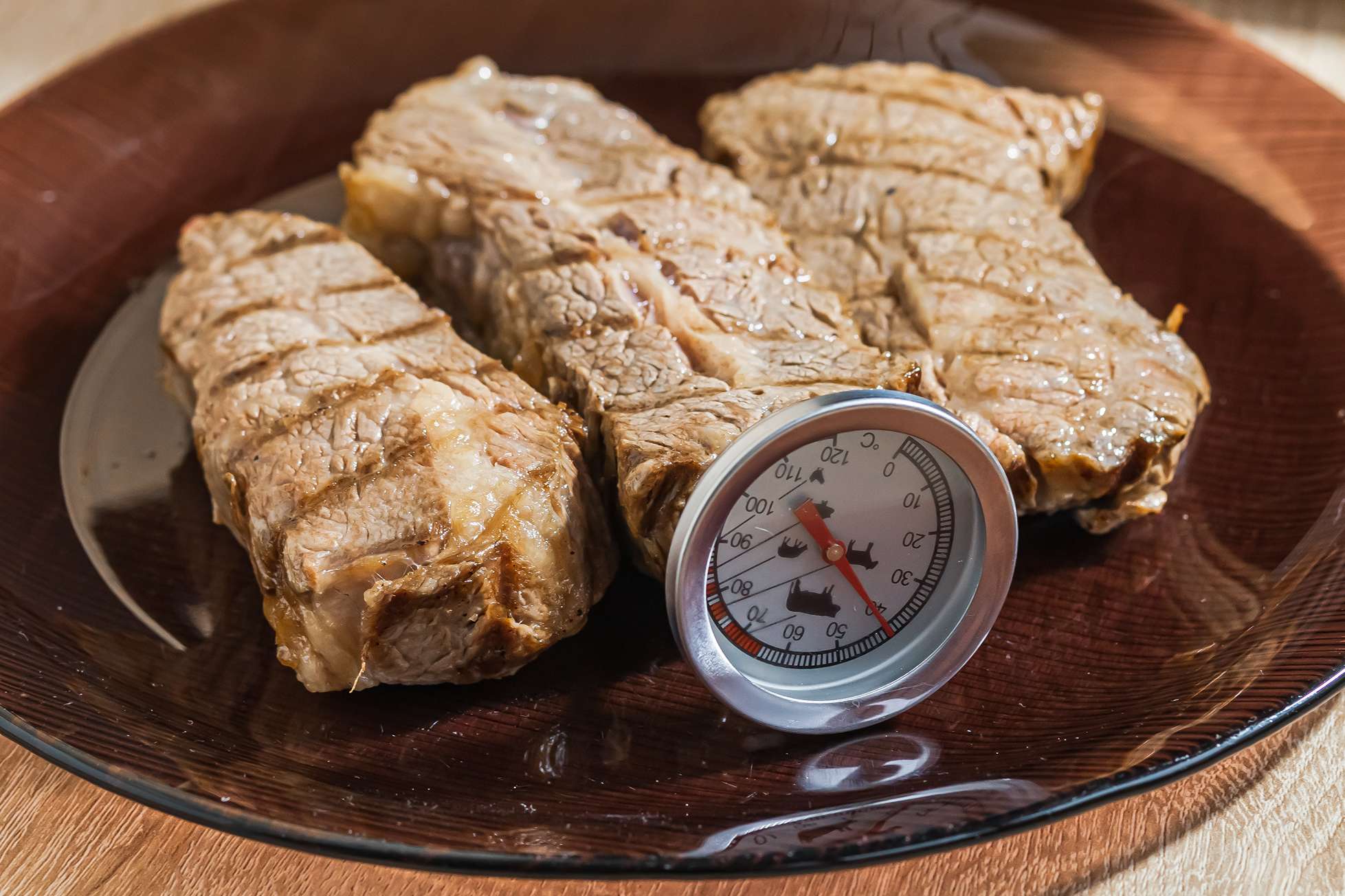Maintaining Food Temperatures

Maintaining the proper food temperatures (Utah)
During a survey at a SNF (Skilled Nursing Facility) community several residents reported to surveyors that it was common for them to receive cold meals. This led surveyors to check the service temperature of food during two different meals. During these observations, hot food was found to be cold or below an ideal service temperature. The community was found to be deficient in serving food at proper temperatures.
Holding and serving food at proper temperatures is important not only due to the potential health risk factors but also to the residents dignity and quality of life. Here are several tips on how to promote proper food holding and service temperatures.
- Store food properly. For cold food items that will be served, keep them in refrigerated units or on ice at ≤41◦. Hot foods need to be kept on a steam table or hot box that is ≥140◦. Do not put food in these holding areas until a maximum of ½ hour prior to meal service. Ideally practice batch cooking to optimize the quality and temperature of the food.
- It is important to give plenty of time to preheat equipment such as steam tables and hot boxes for hot food holding prior to placing food on these items. It is also critical to use enough ice and replenish it as it melts if being used for cold holding.
- Maintain refrigerator and freezer units and frequently monitor the temperature of these units.
- Prechill dishes for cold food items, use heating pellets for hot plates and give time for preheating before service.
- Frequently monitor and document food temperatures during the holding and service process.
- If food is being transported to different areas for service or to resident rooms, ensure proper equipment is being used such as an induction or wax pellet system for plate heating and insulated meal carts for hot food. If possible, use cold food transport carts for the cold food or maintain those items on ice during the delivery process.
- Frequently monitor the time it takes between the first meal being plated to the last meal being served. While doing this audit the service temperatures of the foods. Find and implement efficiencies in the process if needed. Educate and show staff the importance and impact of this process being quick and efficient.